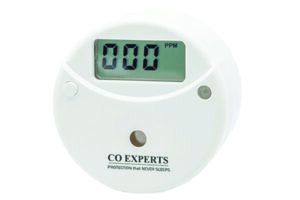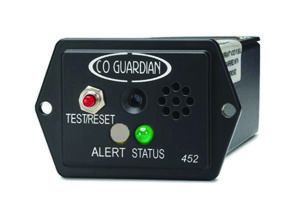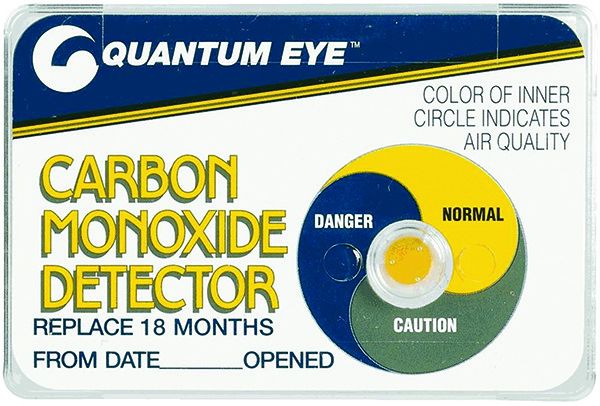A functional carbon monoxide (CO) detector to alert a pilot through visual and auditory means to the presence of CO before the pilot’s judgment is impaired is necessary to the continued safe operation of the aircraft.” So said the NTSB in a December 2021 Aviation Investigation Report, AIR-22-01, “Require Carbon Monoxide Detectors in Certain General Aviation Aircraft.”
The report revisits NTSB recommendations dating at least as far back as 2004 for the FAA to “require the installation of CO detectors that quickly and distinctly alert pilots to the presence of CO in all single-engine, reciprocating powered airplanes with forward-mounted engines and enclosed cockpits.” In response to the 2004 recommendations, according to the NTSB, the FAA “stated that it would not require the use of CO detection devices because CO poisoning is due to the failure of an exhaust system, and, therefore, the lack of a CO detector on its own does not constitute an unsafe condition.” The FAA’s response also included researching CO poisoning detection technology, reviewing international standards and updating its TSO on CO detectors to include the most recent standards.

Putting aside the NTSB and FAA disagreement on CO detectors, the evidence is clear that the odorless, colorless combustion byproduct can be debilitating and lethal. The good news is you can take action on your own by using a portable electronic CO detector, middle, instead of the paper style, bottom.

The paper detectors don’t provide any kind of aural warning at all and can lose effectiveness over time. Household detectors typically have less-sensitive alarm settings than desired for aviation applications. You can also install a TSO’d CO detector, like the panel-mounted CO Guardian Aero 452 at top.
The FAA also published Special Airworthiness Information Bulletin (SAIB) CE-10-19 R1, “Engine Exhaust and Carbon Monoxide Detectors.” The SAIB recommended using a CO detector and emphasized techniques to use in checking for exhaust leaks during 100-hour and annual inspections. The agency also recommended replacing mufflers at 1000 hours time in service, but the NTSB notes in its December report that “subsequent accidents show that the FAA’s recommended inspection and muffler replacement guidelines are inadequate to protect pilots against the hazards of CO poisoning.” In part because the FAA did not require CO detectors in affected airplanes as recommended, the NTSB classified Safety Recommendation A-04-28 “Closed—Unacceptable Action” on July 5, 2011.
The NTSB’s December report also concluded that “industry groups can quickly and effectively disseminate information on CO poisoning” and made recommendations to the AOPA and the EAA to encourage detectors and regular inspections.




